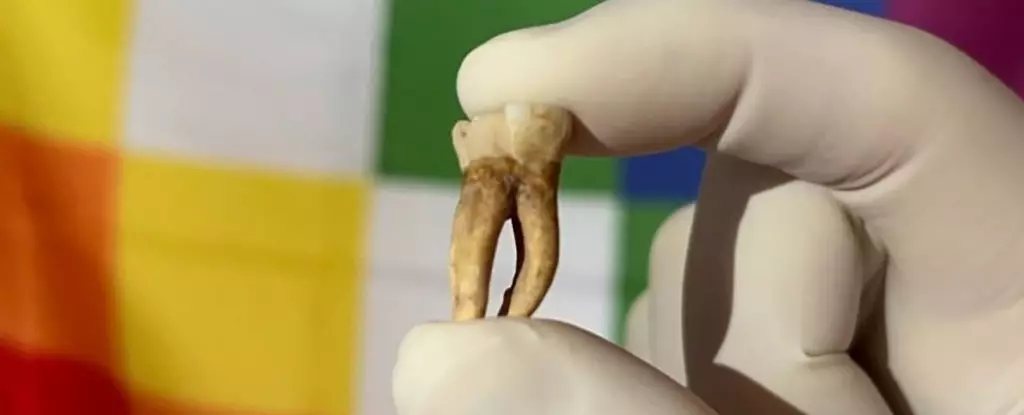For centuries, our fundamental understanding of leprosy’s introduction to the Americas has been marred by a rigid adherence to historical narratives that favor European exploration as the primary catalyst for the disease. Traditional historians have often placed European settlers on this supposed pedestal of blame, suggesting they ushered leprosy into indigenous communities as part of their broader conquest. Yet, groundbreaking research now challenges this long-held belief, illustrating that Indigenous Americans had been fighting battles against leprosy long before Columbus set sail.
This emerging narrative not only complicates the simplistic victim-perpetrator dynamic that has saturated educational discourse, but it also shines a necessary light on the rich and varied historical experiences of Native populations. As we reflect on such findings, it becomes imperative to critically analyze our historical perceptions—are we truly ready to accept that the diseases affecting Indigenous peoples were not merely aftershocks of colonialism but were part of their ancient existence?
DNA: The Key to Debunking Historical Myths
The revelation that Ancient Americans had been living with leprosy, specifically caused by the less often spotlighted Mycobacterium lepromatosis, can feel revolutionary yet disquieting. Researchers conducted robust DNA analysis on a staggering 797 samples—389 ancient, and 408 modern—untangling a complex web of genetics that traces back over 9,000 years. What this speaks to is not merely a scientific breakthrough; it highlights an urgent recalibration of our collective memory.
Instead of simply being passive victims to European diseases, Indigenous Americans had their own historical context and struggles, which were obscured by colonial narratives. According to genomicist Maria Lopopolo, the findings “transform our understanding” of leprosy’s history. Woven into the very DNA of ancient civilizations, this disease is an embodiment of survival and adaptation, challenging the perception of Indigenous peoples as mere footnotes in the annals of colonial history.
Colonial Narratives and Their Consequences
The simplistic portrayal of Indigenous populations facing an influx of foreign pathogens has detrimental repercussions not only for how we view historical injustices but also for modern health initiatives. While it’s true that European colonizers introduced numerous diseases, this new research provokes a pivotal question: How well do we understand the health conditions and challenges that existed prior to colonization?
When narratives are consolidated into a single story, we run the risk of marginalizing the lived experiences and resilience of those communities. The oversight can extend beyond history and impact contemporary public health approaches, leading to missed opportunities to blend traditional knowledge with modern medicine. Acknowledging the complexity of such histories could foster more effective health strategies tailored to the specific needs of Indigenous populations today.
A Call for Greater Understanding and Respect
As the study highlights potential reservoirs of Mycobacterium lepromatosis waiting to be discovered, it becomes clear that a deeper understanding of this pathogen requires more than just scientific curiosity; it necessitates a respectful working relationship with Indigenous communities. The collaboration for analyzing ancestral remains with local tribes reflects a paradigm shift—moving away from exploitative practices toward a more inclusive and respectful model of research.
In a world where misinformation can spread as rapidly as viruses, stating that leprosy’s origins in the Americas were exclusively a European imposition barely scratches the surface. Instead, the findings compel us to embrace an informed narrative that honors Indigenous histories and their intricate relationships with disease management.
Furthermore, the ongoing struggle against leprosy—currently reported in approximately 200,000 new cases annually—calls for heightened awareness and appropriate action. It serves as a reminder that while modern medical advancements can treat and cure leprosy, understanding its historical context and evolution remains crucial in crafting effective responses that recognize the needs and voices of Indigenous populations.
The age-old narratives surrounding leprosy have now been turned on their heads. As we grapple with this understanding, the opportunity for deeper dialogue and reconciliation presents itself. The past is no longer a forgotten ghost but a living part of our ongoing story—one that must incorporate the voices of those who have been silenced for too long.


Leave a Reply